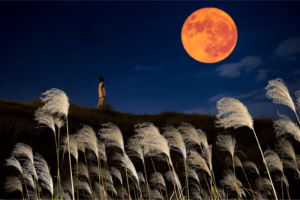
Tsukimi Festivals of the Past: A Short History
Like the cherry blossom viewing festival, Tsukimi festivals are considered one of the oldest festivals in Japan with a history of more than 1000 years.

Like the cherry blossom viewing festival, Tsukimi festivals are considered one of the oldest festivals in Japan with a history of more than 1000 years.
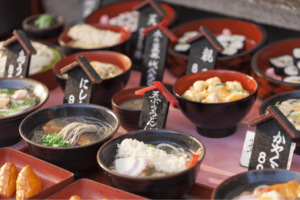
Known as the ancient capital of Japan, Kyoto has a rich and diverse culinary culture dating back hundreds of years, with extremely unique and delicate dishes.

Black sesame seeds (kurogoma) are a delicious staple of Japanese cuisine that are also very popular. It’s an underrated superfood, found in…
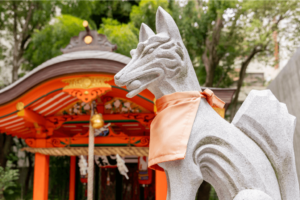
Japan, as a nation, has been around for a very long time, giving the country plenty of time to create fascinating myths and mythical creatures.

Japan is well known for preserving its traditional culture. Even today, there are some hard-working people who make a living by cooking and serving customers out of a yatai or a traditional Japanese food stall.
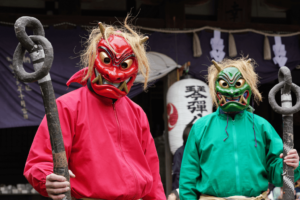
The Japanese oni is one of the most famous yokai (Japanese ghosts or spirits) demons in Japanese culture.
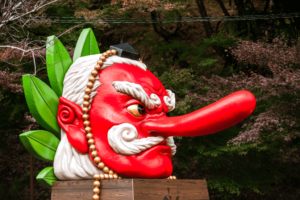
Have you ever encountered the image of a character with a red, angry face and a long nose in a souvenir shop during a trip to Japan?
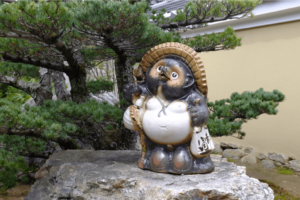
Along with Kitsune (Japanese fox), the tanuki (Japanese raccoon dog) is also a strange yokai (Japanese ghosts or spirit) famous for its ability to transform in Japanese folklore.
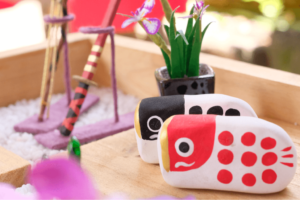
Children’s Day (Kodomo no Hi) is a national holiday in Japan, celebrated annually on May 5th every year, also making it the last holiday of Golden Week. As the name suggests, it’s a day to celebrate and pray for the growth of children.
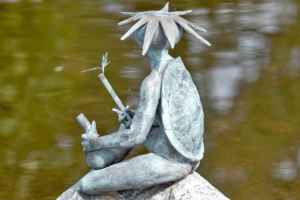
The Japanese kappa (known as 河童) is one of Japan’s best-known folklore characters. A type of Japanese yokai, this water deity is a scaly, aquatic creature that can be found in bodies of water.

The Japanese kitsune (fox) has been a staple of Japanese mythology for a very long time. They have a reputation as a trickster, but there’s more to them than that.

Gift giving in Japan (and gift receiving) is a true art, entrenched with many customs and unspoken etiquette. Whether it’s the different types of gifts, the varying times of year for gift giving, or even how many hands to use to accept a gift, there is much to learn.
Join our newsletter and receive tasty news and deals
Thanks! We just sent you an email to confirm your subscription. To finish signing up, please click the confirmation link in the email.
Error